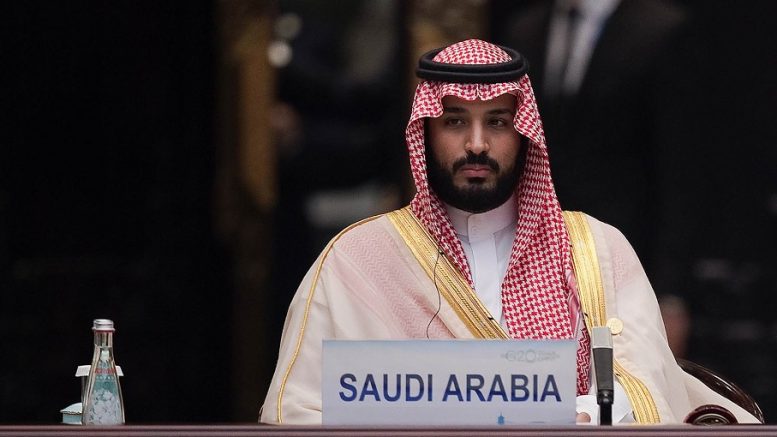Oil is one the largest unit costs for many miners, especially for those involved with open-pit operations and remote mines dependent on diesel power generation.
And so with oil prices surging to two-year highs in early November, it’s a good time for the mining community to take a fresh look at the multitude of political and economic factors affecting oil prices as 2017 draws to a close, and any correlation to movements in metal prices.
Oil prices hit their two-year high on Nov. 6, with Brent Crude up 3% to touch US$64 per barrel after trading around US$50 per barrel for the first half of the year, while West Texas Intermediate jumped to US$57 per barrel. The Brent-WTI spread was also the largest in two years.
Spurring the advance was major news out of oil giant Saudi Arabia of mass arrests of Saudi royals, ministers and businessmen, including billionaire investor Prince Alwaleed bin Talal.
The arrests are being billed as an anti-corruption crackdown led by 32-year-old Crown Prince Mohammed bin Salman and his father King Salman, who ascended the throne in 2015 and ushered in the most tumultuous period in modern Saudi history, including a major war with its southern neighbour Yemen and heightened tensions with regional rival Iran.
The recent events are widely seen as further consolidation of power by Bin Salman, who has promised to rapidly move the conservative society towards a more moderate path. It’s still an open question whether he will succeed or succumb to a strong backlash within the country, though U.S. President Donald Trump tweeted that he has “great confidence in King Salman and the Crown Prince … they know exactly what they are doing … Some of those they are harshly treating have been ‘milking’ their country for years!”
Gold prices similarly jumped on the Saudi news, rising 2.9% to US$1,270.90 per oz. in London on Nov. 6 and holding steady at US$1,275.60 per oz. at press time. This time around, the other major precious metals silver, platinum and palladium did not react to the fear trade, and traded flat through the period.
Gold’s price resilience is also impressive in the midst of a strengthening U.S. dollar since mid-September buoyed by stellar U.S. economic statistics as the first anniversary Trump election approaches, including unemployment levels dropping to 16-year lows of 4.1%, three consecutive quarters of GDP growth above 3%, the highest consumer confidence levels since 2000, and stock indexes hitting all-time highs.
In its most recent market commentary, precious metals advisory firm CPM Group has noticed that while the net amount of physical gold investing has changed little from last year at just over 27 million oz. gold, there are major changes underway as to who is buying gold, the form they’re buying it in, their reasons for buying it and the duration for which they hold it.
CPM is seeing a generational change take place, with older investors who bought and held physical gold — especially coins and bars — for capital preservation in the face of potential economic calamities dying off, and their heirs selling off the gold. They note that U.S. Mint gold coin sales are off 66.4% in the first 10 months of this year.
In contrast, CPM says new gold investors are shorter-term in their investment horizons, are focusing more on gold’s potential for capital accumulation and are putting their money into gold exchange-traded funds, futures and options that offer easy entry and exit of trading positions. They shun coins and bars, and the gloom and doom scenarios of past decades of gold investors, CPM observes.
Gold’s price resilience is also impressive in the wake of downward pressure from the official sector, most recently with Venezuela allowing US$1.7 billion of gold swaps with Deutsche Bank to expire in October. As the country continues its downward spiral, its official gold reserves have nearly halved from 361 tonnes at the end of 2014 to 188 tonnes at the end of August 2017, according to consulting firm Metals Focus.
The consultancy predicts net official sector purchases worldwide will drop 5% year-over-year to 370 tonnes in 2017 (11.9 million oz.), well off the multi-decade high of 646 tonnes (20.8 million oz.) in 2013. And these numbers don’t take into account the swap activity by players such as Venezuela.





Be the first to comment on "Editorial: Oil climbs to two-year highs, gold hangs tough"